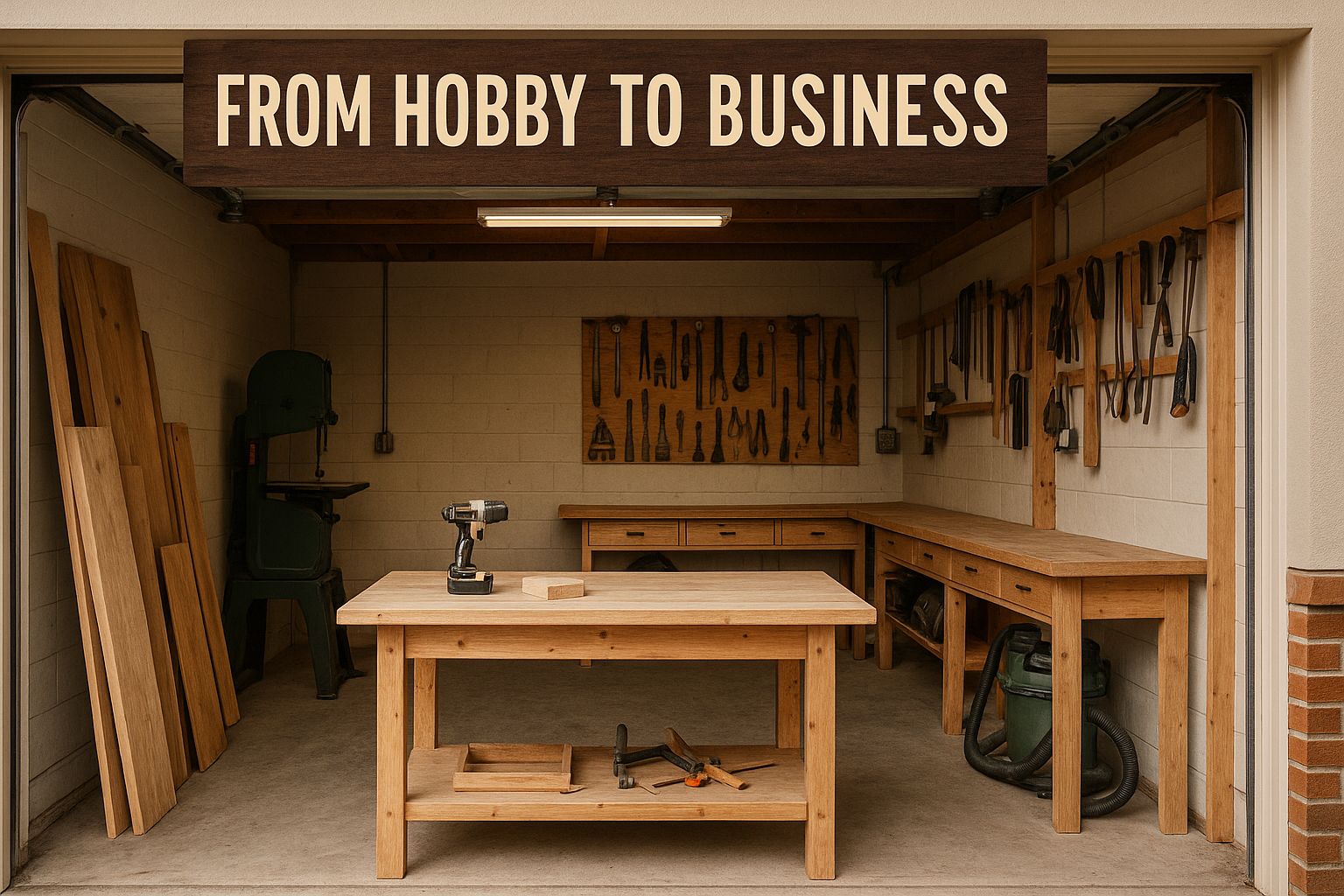
Let’s cut straight to it: yes, woodworking can absolutely be profitable — but like any business, profit isn’t guaranteed. It depends on how smartly (and scalably) you execute. In fact, many woodworkers never truly break through because they treat it like a “hobby with invoices” instead of a system. But done right, you can build a woodworking business that doesn’t just pay for your tools — it supports your life.
Here are a few key factors that determine profitability in woodworking:
- Product selection and margins — The “what” you build has to carry margins. Small décor items, unique accent pieces, or custom furniture typically allow higher markup than commodity shelving.
- Cost control — Material waste, tooling, and time are your biggest cost leaks. Precision, lean purchasing, and smart workflow design matter.
- Marketing and sales channels — You can’t rely solely on foot traffic or local word-of-mouth. Online marketplaces, social media ads, craft fairs, collaborations, and custom orders all matter.
- Scale and repetition — The more you systematize tasks and identify repeatable, high-demand products, the more overhead you absorb into profit rather than cost.
- Risk mitigation and cash flow — Projects take time, clients may delay payments, materials may fluctuate in cost. A buffer and backup strategy are essential.
If you can align those elements — high margin products, lean operations, smart marketing, steady cash flow — you have the formula for success. Many woodworkers I’ve talked to, once they cross a certain threshold of systems and sales, make a full-time living or better.
Where Most Woodworking Businesses Trip Up
Here’s what tends to derail the dream:
- Overinvestment too soon — We all dream of large shops, fancy machinery, CNC routers, dust collection systems, and so on. The problem is, many people buy expensive tools before they can reliably sell anything. That ties up capital and risk.
- Lack of customer focus — Building what you love is fine — until it doesn’t sell. The businesses that thrive are the ones that find niches, solve real problems (e.g. custom storage, pet furniture, luxury framing) and know exactly who’ll pay.
- Marketing weakness — Too many woodworkers assume “if you build it, they will come.” That’s a myth. You must actively drive awareness, build trust, and create demand.
- Low repeatability — If every project is a total custom one-off, you’re reinventing your process constantly. That slows growth. You want a mix of custom and “template-style” items so you can reuse designs and optimize.
- Poor pricing discipline — Undercharging, giving big discounts, or ignoring overhead kills margin. If your numbers don’t cover tools, rent, time, shipping, marketing — you’re not in business, you’re in hobby mode.
If you avoid those pitfalls and grow incrementally — starting small, validating demand, then expanding — woodworking can move from side hustle to serious income stream.
Ready to Turn Your Woodworking Passion Into a Profitable Business?
If you’re serious about turning hands-on woodwork into a money-making engine — not just tinkering in your garage — you’ll want a blueprint. That’s where a system that’s already been tested over years comes in. Rather than reinventing every wheel, you can follow an already optimized path. That’s why I want to introduce you to WoodProfits.
WoodProfits offers a start-to-finish, step-by-step guide to launching and growing a home-based woodworking business. It walks you through how to start with very little capital, how to choose those high-profit projects, how to market effectively so you actually get buyers, and how to scale from a side gig to a full-time enterprise. (You can check it out here: woodprofits.com/start)
What I like about it is how it treats woodworking as a business, not just crafts. There are modules on customer acquisition, pricing strategies, outsourcing, and creating repeat orders — all geared toward turning your passion into consistent income.If you’re ready to stop wondering “Is this profitable?” and start knowing it is, give WoodProfits a look. With the right guidance and action, woodworking doesn’t have to be a gamble — it can be a meaningful, scalable business you control. WoodProfits might just be the shortcut you need to get started faster and avoid the costly mistakes many others make.


